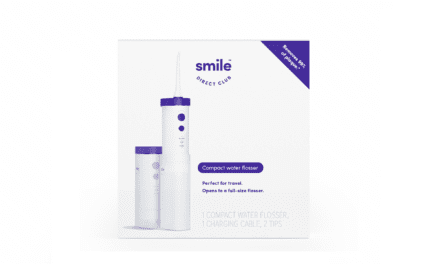The framework features a three-prong approach that focuses on advancements in teledentistry, the prioritization of minimally invasive care, and the personalization of oral care delivery.
The DentaQuest Partnership for Oral Health Advancement released a report, based on the work of the Community Oral Health Transformation Initiative learning community, that establishes a primary care-like structure for oral health care delivery, facilitates value-based payment models, and enables patients to invest in their own oral health.
The American Dental Association along with 120 of the industry’s most prominent organizations and leaders contributed to the development of the Three Domain Framework, which lays out a path for providers and practices to expand access to care, improve health outcomes, and reduce the cost burdens associated with poor quality of life due to oral disease.
The framework reportedly gives patients and dental and medical providers the freedom to collaborate on treatment plans that work best for a given situation within the context of overall health. And it emphasizes patient and provider safety while addressing critical gaps in both patients’ access to care and providers’ financial viability.
“Oral health is directly linked to overall health, but our current system doesn’t reflect that reality,” said Dr Sean Boynes, vice president of health improvement for the DentaQuest Partnership for Oral Health Advancement. “And COVID-19 has shined a bright spotlight on this flaw. The Three Domain Framework outlines a new approach for oral health—one that focuses on prevention and healthy outcomes, facilitates value-based payment models, and will help address deep disparities in care and access. We are grateful to the many contributors who are working together to put our oral health system on a new and better path. This is the future of dentistry.”
The three domains are advancements in teledentistry, prioritization of minimally invasive care, and integration of personalization of oral care delivery.
Domain One: Advancements in Teledentistry focuses on the identification, development, and adoption of telehealth strategies and builds an accessible evidence-based virtual delivery approach specific to oral health that can enhance disease prevention and whole-person health. Meanwhile, Domain Two: Prioritization of Minimally Invasive Care (MIC) focuses on the use of MIC for oral health management and maintenance; while Domain Three: Integration of Personalization of Oral Care Delivery outlines an integrated care approach personalized for each patient, using risk stratification, care coordination, specialty referrals and predictive analytics that can prolong the health of the mouth from the tissue to the bone.
The three domains can be adopted in any order, meaning the care team can determine where to begin. According to DentaQuest, providers can safely begin shifting their models of dentistry by starting in a domain that supports their unique needs and those of their patients.
In the coming months, the DentaQuest Partnership and other framework contributors will reportedly work to engage a broader set of oral health care providers, payors and stakeholders to pilot and implement elements of each of the domains.










